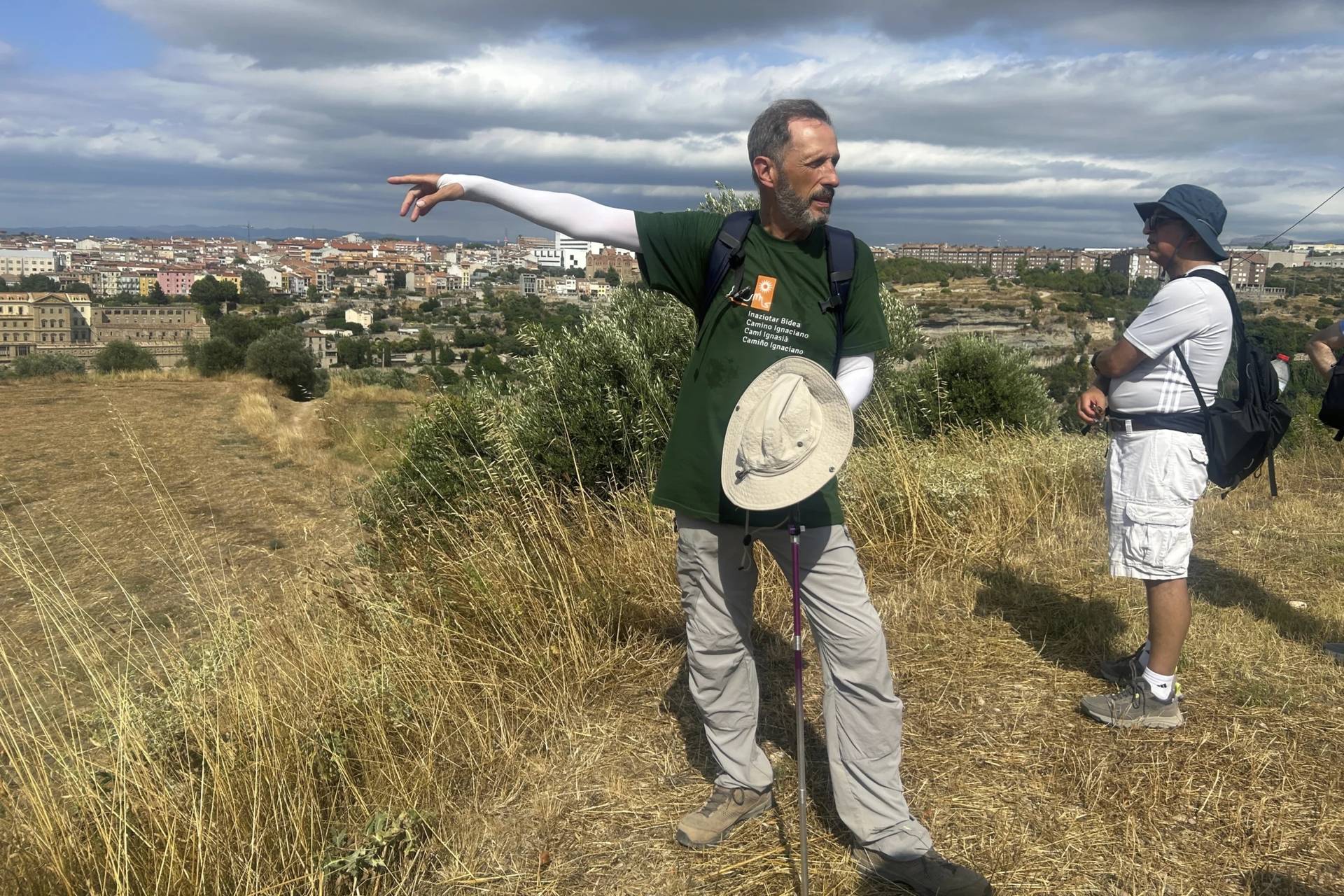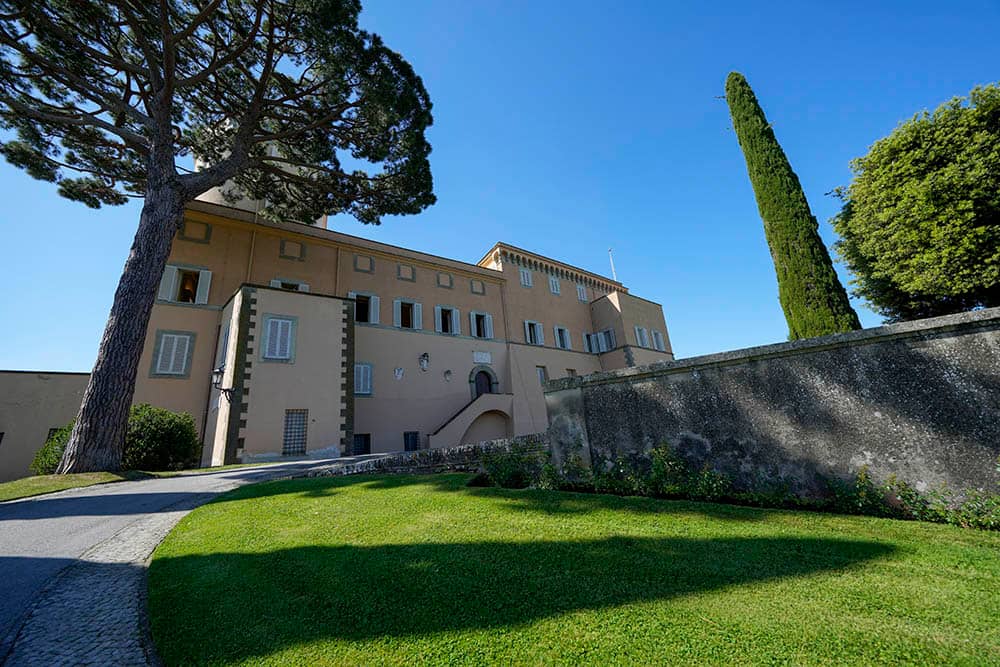ROME – In his book The Black Death, British historian Philip Zeigler says the English clergy didn’t come out of the devastating 14th century plague that claimed a third of Europe’s population in particularly good shape.
For one thing, with a death rate higher than the general population, the ranks of clergy were so thinned that standards afterwards went down considerably. More basically, Ziegler says it was halfhearted behavior by British priests at the peak of the disease that cost them prestige.
“The picture one forms is that of a clergy doing its daily work but with reluctance and some timidity, thereby incurring the worst of the danger but forfeiting the respect it should have earned,” Ziegler wrote. “Add to this a few notorious examples of priests deserting their flocks … and some idea can be formed of why the established Church emerged from the Black Death with such diminished credit.”
That bit of historical perspective beckons the question: How will Catholic clergy emerge from the coronavirus pandemic?
Will they enjoy enhanced respect for standing by their people in a dark time, perhaps gaining back some of the ground lost due to sexual abuse scandals? Or, will the impression be that clergy were largely invisible during the crisis while the heavy lifting was done by doctors, nurses, police, and others?
It’s undoubtedly too early to tell, but at least in Italy, which for a long time was ground zero of the pandemic, the early sense is that most clergy are acquitting themselves pretty well and may be remembered as among the heroes.
It’s striking that to date, the death count among Italian doctors and Italian priests is remarkably similar: 107 doctors and 100 priests as of Saturday. Four priests have died during Holy Week as of this writing, including pastors in the Italian cities of Pesaro, Como, Parma and Fidenza. A stunning 25 priests have died in the Diocese of Bergamo alone, one of northern Italy’s hardest-hit areas, representing three percent of its total presbyterate.
One Italian news agency defined the roll of the lost as a “Spoon River of priests,” a reference to Edgar Lee Masters’ famed anthology of epitaphs.
Granted, many of these priests were elderly and at elevated risk of contracting the coronavirus, and a number were already retired. Yet, as Avvenire, the official newspaper of the Italian bishops, observed, “the vast majority died of infections because they remained with their people rather than thinking of their own safety.”
Father Marcello Balducci of Pesaro, for instance, was 61, and had been ill for some time. Despite the risks, he continued to help out in the local cathedral, responding to people who came in for spiritual guidance or material help, until he contracted the virus and succumbed. In Cremona, Father Mario Cavalleri died at the ripe age of 104, still involved with a facility known as the Casetta, a welcome center for the poor, alcohol and drug addicts and refugees.
Sorting through the stories of the dead, Avvenire identified five common qualities.
- Popularity
- Rootedness: In big communities and small, “the priest is the custodian of shared memory, participating in the transmission of witness and values from one generation to the next.”
- Fidelity: “Many of these priests had served their community for forty years or more.”
- Humility: Many of the 100 priests who’ve died “were known only to their parishes and local communities, though a few had regional or national profiles.”
- Indispensability: Over and over again, Avvenire wrote, one hears after a priest’s death that a person has been lost “who is always dear, close, available.”
Granted, that’s the official house organ of the Italian bishops speaking, but they likely wouldn’t publish such a set of assertions if at least some share of the population wouldn’t recognize them as legitimate.
On Saturday, Italian Prime Minister Giuseppe Conte voiced gratitude.
“The Italian church, in these extremely hard weeks, has accompanied the suffering of our people with its concrete presence throughout the country, contributing to supporting the weakest among us and families in poverty,” he said.
On Holy Thursday, Pope Francis also voiced gratitude to ordinary priests, describing them along doctors and nurses as the “saints next door” of the coronavirus.
RELATED: Pope says priests, along with doctors and nurses, are pandemic’s ‘saints next door’
Despite the suspension of Masses, confessions, funerals, and other routine elements of Catholic life, priests here have gotten credit for finding creative ways to make themselves available. In Pescara, for example, Father Cristiano Marcucci of the Church of the Visitation of the Blessed Virgin Mary created a Youtube channel for parishioners (and anyone else) to follow his daily activities, including saying morning prayer. La Repubblica, Italy’s most widely read daily paper, recently carried a haunting shot of Marcucci sitting by himself in his empty parish church as he prayed, with just a shaft of light framing him in the darkness.
The stock of priests in Italy is helped by the fact there’s a time-honored script here which generally regards simple parish pastors, the parroci, as good guys, as opposed to the vescovi, meaning the bishops, and the monsignori, which in street argot means priests who put on airs. It’s also helped by the fact that no local media in the world pay more attention to the Catholic Church than Italy’s, so both the good and the bad is magnified.
There’s also a proud tradition in Italian literature of celebrating the contributions of priests during times of crisis, most famously in Italy’s most revered novel of all time, I Promessi Sposi by Alessandro Manzoni.
RELATED: Famed novel provides the priestly archetypes of Italy’s pandemic
The bottom line is this: When the pandemic lifts, priests here may well enjoy enhanced respect and credibility, rooted in a sense that they fully shared in the suffering of the nation.
The truly fascinating question thus becomes, “How will they spend that social capital?” That, however, is a story for the “after” of this crisis, not the now.
Follow John Allen on Twitter at @JohnLAllenJr.
















